Gotanjoji — A Temple Where the Cats Are Teachers, Too (April 22, 2024)
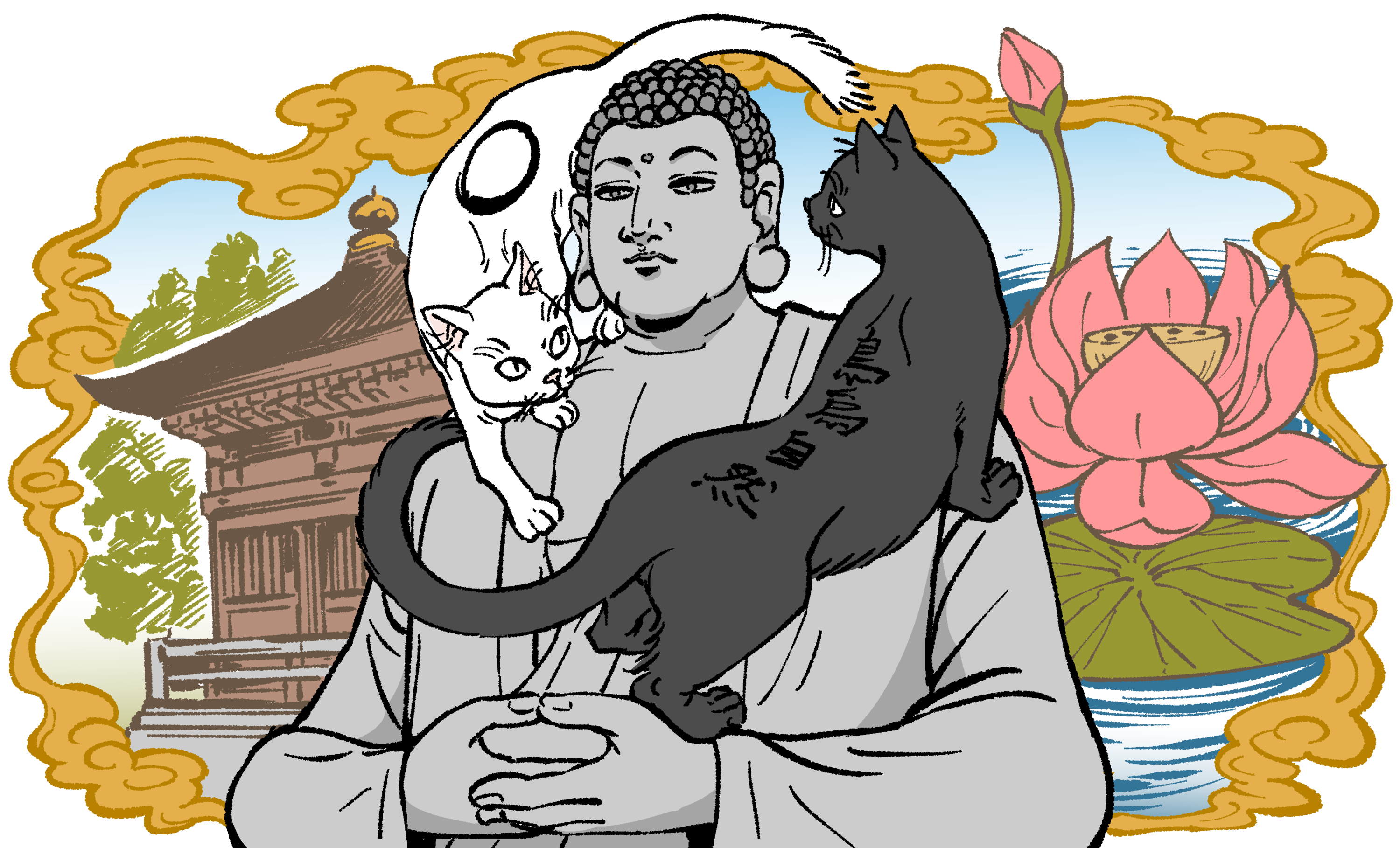 Photo © by Hiroki Otsuka
Photo © by Hiroki Otsuka
On my way from Kanazawa down to Hiroshima, I took a detour in Fukui Prefecture to visit Gotanjoji, a Sōtō Zen temple in Shoden-cho, Echizen City, known informally as a cat temple. I came for the cats, but I was also intrigued by the temple’s history, such as it is. While many temples in Japan are hundreds of years old, Gotanjoji was founded in 2002!
Kōshū Itabashi 板橋 興宗(1927 – 5 July 2020), a former chief abbot at the Sotoshu Daihonzan Sojiji temple in Yokohoma, which is the head temple of the Sōtō Zen school, founded Gotanjoji in Echizen City to honor the birthplace of Keizan Jōkin 瑩山紹瑾 (1268–1325), the second great founder of the Sōtō school of Zen and, I learned, a fascinating figure. I will explain why, but first, I’ll introduce the cats. They don’t like to be kept waiting.
Shortly after Gotanjoji opened, Itabashi found a box of four kittens left on the grounds and, being a cat lover, decided to care for them. As Echizen residents discovered the charming cats roaming the scenic temple grounds, word spread. Soon, more and more cats were brought to the temple for care, the number swelling to as many as 80 at one point. Locals would come to check on the cats or simply enjoy their company, and tourists also began to visit, as many as 30,000 a year now.
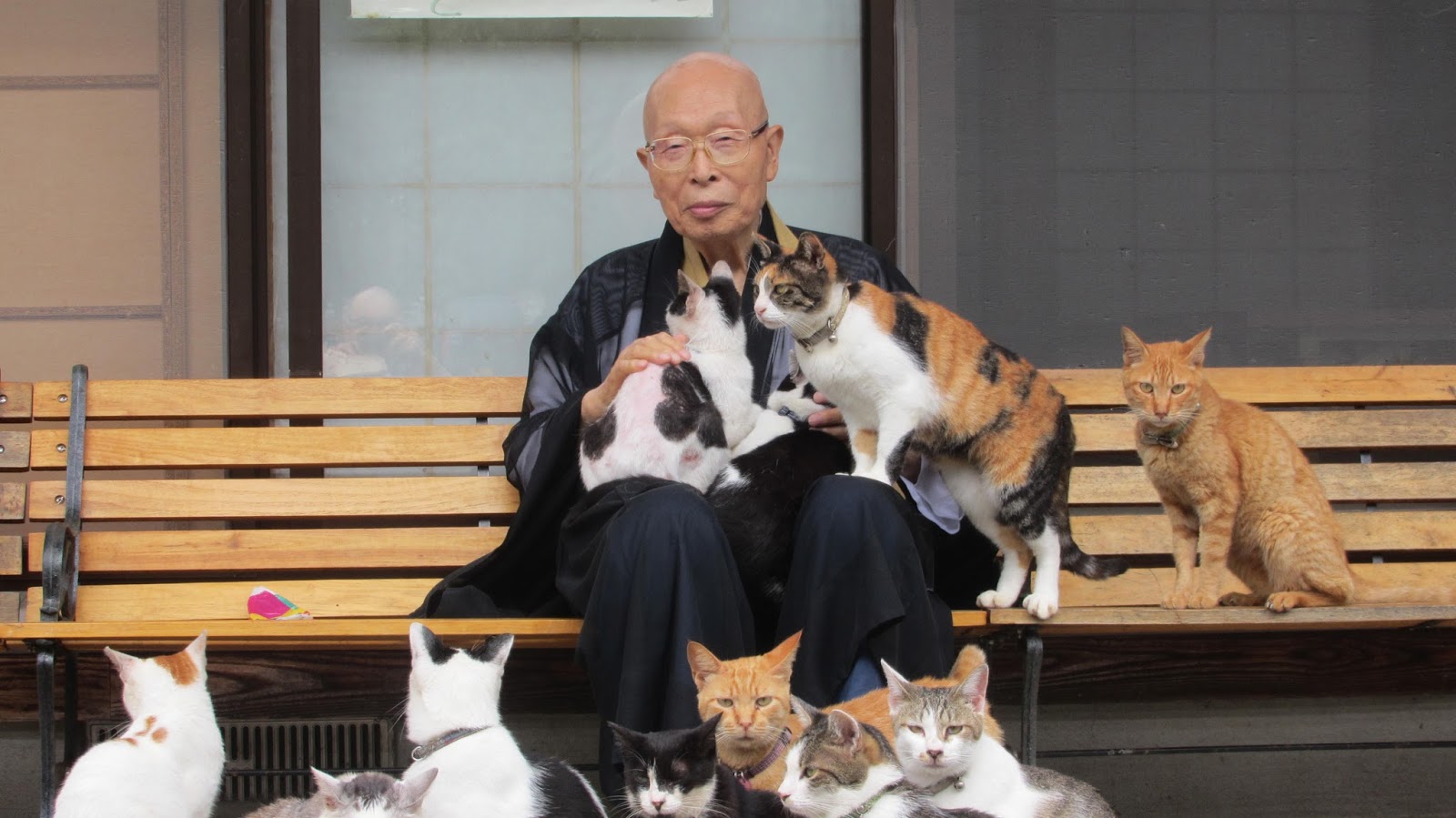 Photo © by Gotanjoji
Photo © by Gotanjoji
Gotanjoji founding Abbot Kōshū Itabashi with cats
To care for so many cats, the temple collects donations and seeks to place them in new homes. As far as I could tell, several hundred had been adopted over the years, and 20 – 30 were living there on the day of my visit, although I could only spot about half that number.
Itabashi not only loved cats, but he recognized that we humans can learn from them about how to live in the present with a peaceful mind. He even published a book about them, Cats Don’t Worry: A Prescription for Living in Bliss 猫は悩まない: 極楽に生きる処方箋. Gotanjoji is a working, training temple. Young monks live there while they study. Caring for the cats and facilitating “cat therapy” for the visitors have become a vital part of their practice.

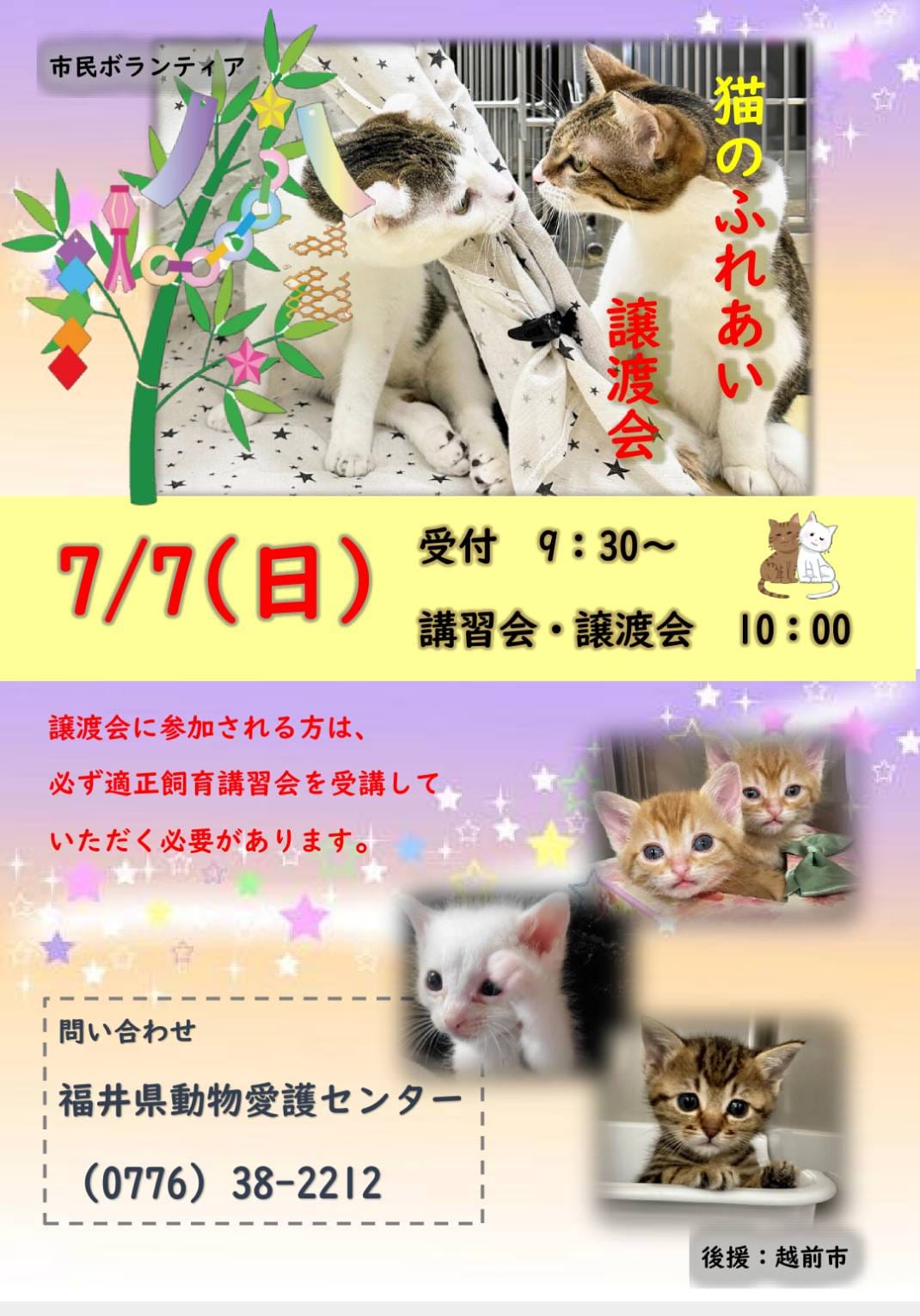 Photo © by Gotanjoji
Photo © by Gotanjoji
Cat Adoption Party at Gotanjoji
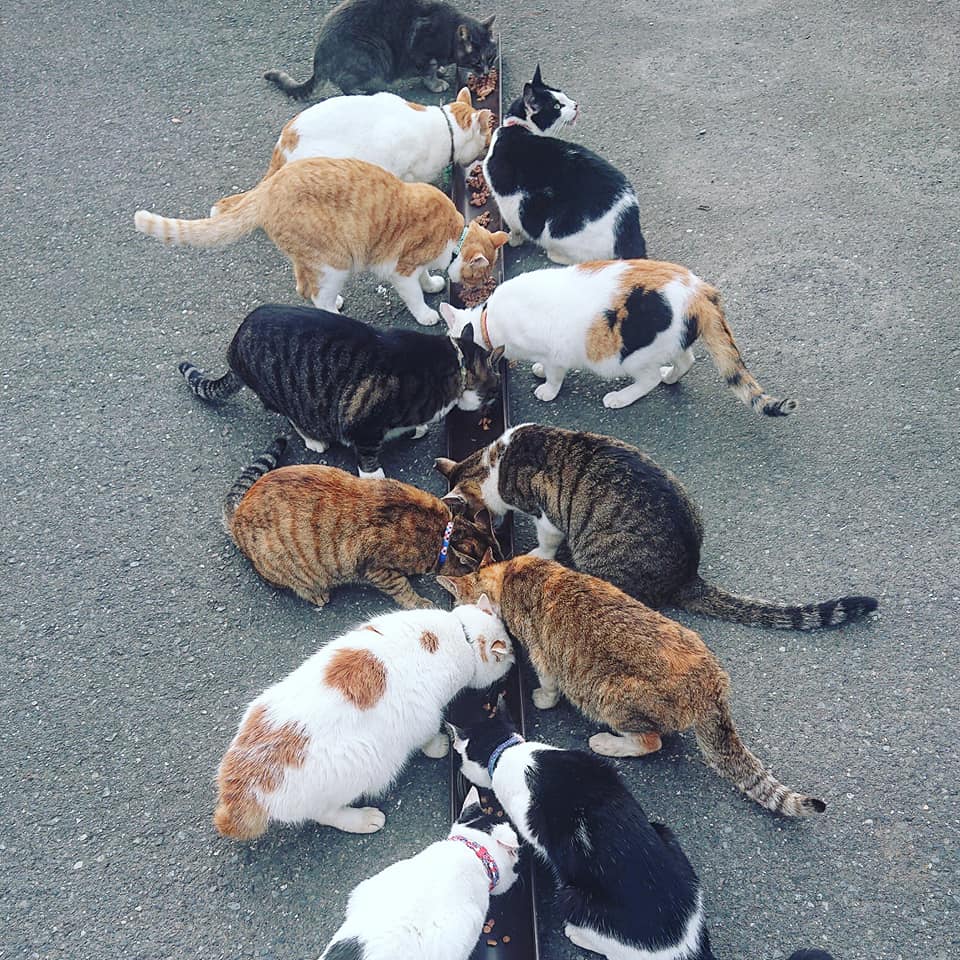 Photo © by Gotanjoji
Photo © by Gotanjoji
Cat feeding time at Gotanjoji
With that in mind, Itabashi had numerous cat-themed artworks created for the temple, including an enormous stone Buddha holding two cats that sits out front. That Buddha was commissioned by Itabashi and installed in December 2019. The staff told me that placing cats on a Buddha might have been severely punished in earlier times. “However, in the current world, animal life and human life have the same weight. It is equal.” They hope that this message “will resonate all over the world” and bring greater peace.
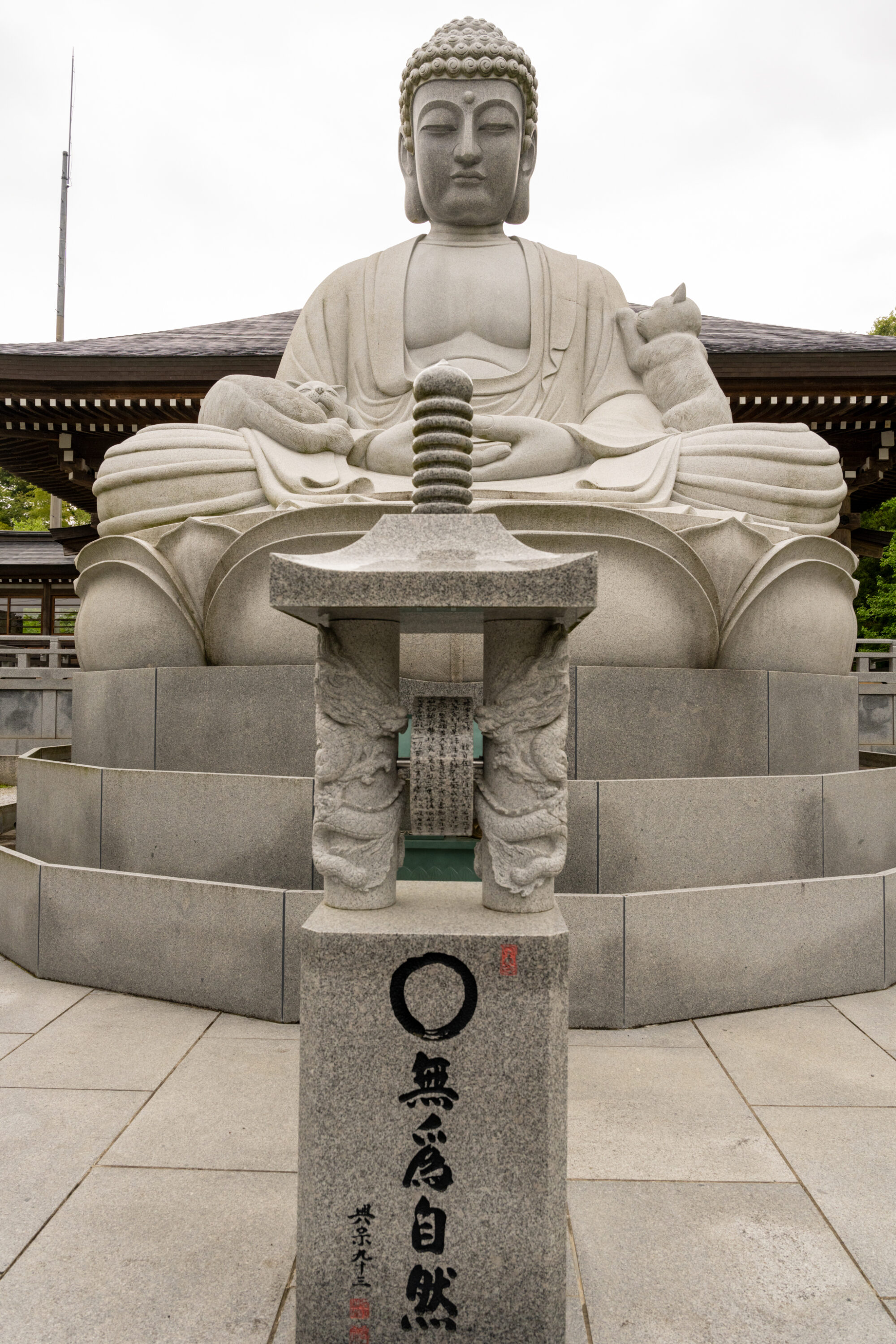 Photo © by Christopher Pelham
Photo © by Christopher Pelham
Giant Buddha at Gotanjoji
Some locals visit regularly before or after work or at lunchtime and develop bonds with particular cats. Like humans, each cat has its own personality. Cats may live in the present, but some of the cats at Gotanjoji were rescued from stressful circumstances and are still re-establishing their equilibrium and finding their place in the feline community. The cats are well-cared for by the monks, but the regular visitors provide them an extra measure of care, which, in a way, enables the visitors to feel cared for as well. I believe that Ibabashi and the other monks understood well that giving is receiving is giving.
Futai, a bold tuxedo tabby, was known as the General of the temple. He used to be a fighter but slowly became more friendly. He patrolled the grounds confidently, freely moving among the other cats and charming the visitors. I’m not sure that the temple encourages comparisons, but apparently, Futai had the most fans. Last year, he grew ill and transitioned, leaving his mantle as general for another cat to claim.
Getting to Gotanjoji was not difficult but took some figuring out. The Hokuriku Shinkansen train from Kanazawa gets you to Echizen-Takefu station in only 44 minutes. There, I needed to store my luggage in a locker. Adjacent to the station is a tourist office, which kindly arranged a car to take me the 1.1 miles to the temple. On a nice day, it could be walkable, although you’d have to cross the Hokuriku Expressway. To return to the station, I asked one of the temple staff to call me another car, which arrived in about 10 minutes.
While I didn’t stay too long at the temple, several cats put on a show for me, climbing a tree and some rocks adjacent to the small building where the sick cats sleep.
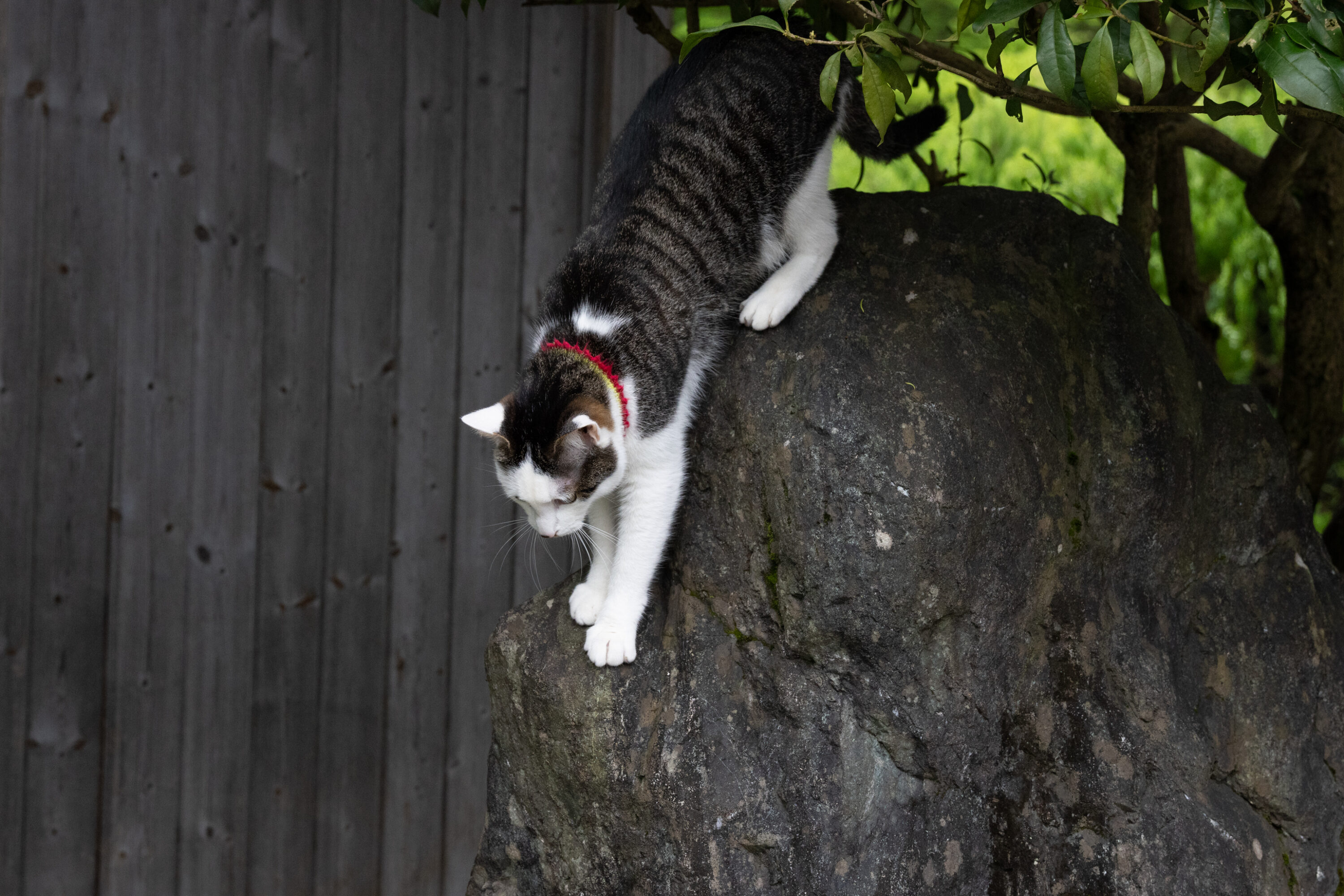 Photo © by Christopher Pelham
Photo © by Christopher Pelham
Gotanjoji Cat
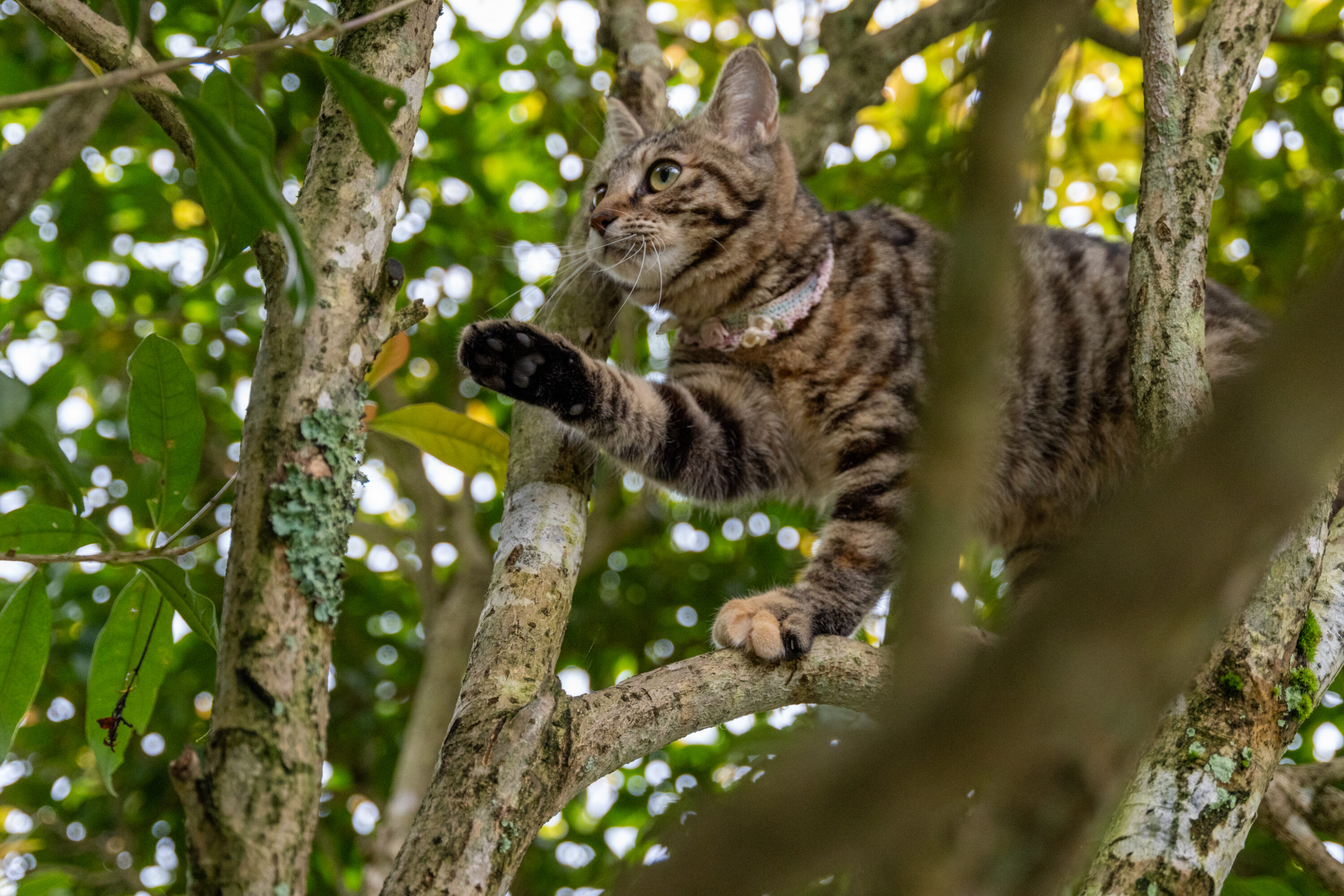 Photo © by Christopher Pelham
Photo © by Christopher Pelham
Gotanjoji Cat
As a cat lover, I understood the psychological and spiritual benefits of caring for them, but that is not specific to Buddhism, much less to Sōtō Zen. I was curious to learn more about what this temple was teaching and why. I learned that the 12/13th-century monk Keizan, who had been born in Echizen and developed this branch of Sōtō Zen, was the first to formally recognize the spiritual equality of women and welcome them into the spiritual practice.
The Japanese men of that period mostly excluded women from their study and practice of Buddhism. There were convents, but they were apparently not particularly welcomed. However, Keizan’s grandmother, Myōchi 妙智 (ca. 1205? – 1280), who was thought to have raised him, was a devoted Buddhist and was said to have been a very strong woman who introduced him to spiritual practice and awakened his love for Buddha.
Myōchi studied under the Buddhist master Myōzen, who was also the teacher of Dyōgen, the first great founder of the Sōtō Zen school. Apparently, so great was Myōchi’s devotion that Dyōgen translated Chinese Buddhist teachings into Japanese for her and entrusted her with Myōzen’s ashes when he died, writing of her, “Her dedication to Master Myozen is firm and deep.” It seems that Myōchi’s spiritual development made a lasting impression on Dyōgen. Later, when he founded his own temple, he made a point of welcoming women and people from all walks of life to meditate, pray, and study.
In “Bendowa” [“Negotiating the Way, An introduction to Zen practice”], which Dyōgen composed on August 15, 1231, early in his career, he wrote, “male and female, the noble and the lowly — everyone can understand and embody the Buddha’s teaching.” Nine years later in his sermon “Raihai tokuzui” [“Rendering obeisance and thereby gaining the marrow of teaching”], he elaborated, “What is so precious about being born a male? Space is space; four elements are four elements; five skandhas are five skandhas; the distinction between men and women is also thus. Both genders attain awakening. What you should pay respect is to the person who attains awakening; whether this person is male or female is beside the point.”
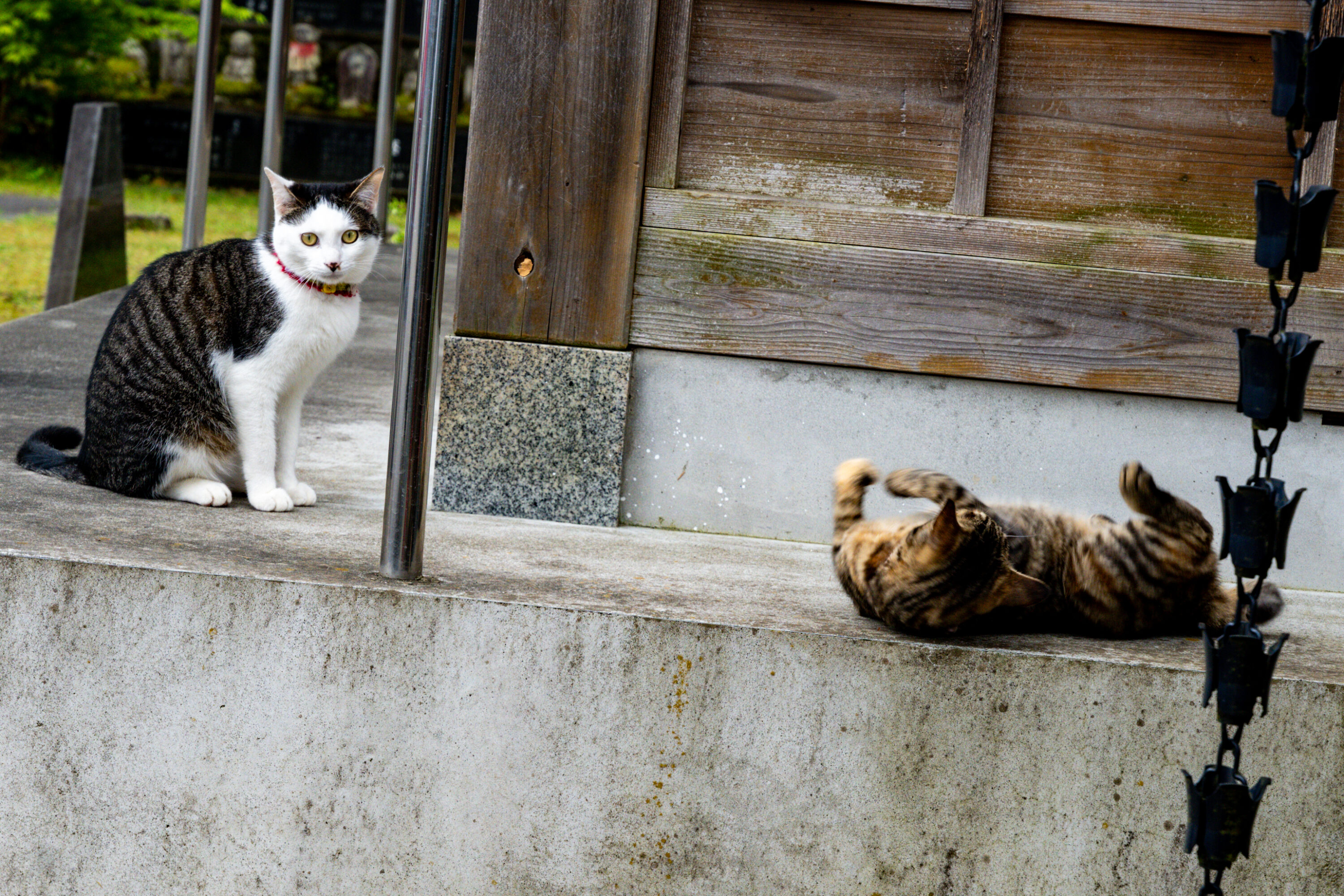 Photo © by Christopher Pelham
Photo © by Christopher Pelham
Gotanjoji Cats
Myōchi’s daughter, Ekan Daishi (1232-1316), Keizan’s mother, was ordained as a Zen nun, eventually becoming the abbess of Jōju-ji, a Sōtō convent. It is said that she devoted herself to Kannon Bosatsu, the bodhisattva of compassion, who is often depicted in female form. Ekan undoubtedly must have influenced her son’s spiritual development and respect for women as well.
The statue of Kannon Bosatsu in front of Gotanjoji temple next to the great Buddha sculpture suggests the continuing importance of compassion in Sōtō Zen. I believe that this is meaningful because Keizan is known for having opened the study and practice of Zen to female practitioners and laypeople even more than his teacher, Dyōgen, had. Keizan built on the idea that anyone could and everyone would attain enlightenment by teaching that any life experience could be used to that end; it wasn’t necessary to become a monk. To this end, he emphasized that the essence of spiritual practice is to awaken to the light within by witnessing the light in others and practicing compassion in whatever circumstance or relationship one finds oneself in.
This resonates with me so much because this is the core teaching of my own spiritual practice, A Course in Miracles:
“When you meet anyone, remember it is a holy encounter. As you see him, you will see yourself. As you treat him, you will treat yourself. As you think of him, you will think of yourself.” (T-8.III.4:1-3)
“The light in one awakens it in all. And when you see it in your brother, you are remembering for everyone.” (T-21.I.10:6-7)
Keizan not only welcomed women lay devotees at his temple but also established convents and personally trained female students. In his text, Denkoroku (伝光録, Record of the Transmission of the Light), Keizan made a point of recognizing prior influential female devotees in the history of Zen. All of this is apparently perceived to be a feminizing of Zen practice because Keizan became known as the “Mother of Sōtō Zen” while Dyōgen is referred to as the “Father.”
So Kōshū Itabashi, the founder of Gotanjoji, was truly practicing what the past sages taught. When faced with the unexpected arrival of four kittens, he flexibly accepted them with compassion rather than reacting with consternation and rejecting their care for being outside his mission. He realized that Buddha’s teaching that all living beings possess Buddha nature and Keizan’s practice of welcoming everyone and seeing the light in each could be joyfully extended to caring for cats and might even help to bring more people into contact with Buddhism.
Because of his compassion, many people have indeed come to the temple who would otherwise never visit. And in one way or another, explicitly or implicitly, many are thereby touched and moved by its spiritual mission. They may not be interested in Buddhism or spirituality, per se, but through their interactions with the cats, they can share an experience of peace. And maybe that is the purest teaching of all. Do the cats know they are participants in this teaching? Surely, one needn’t and perhaps shouldn’t be self-conscious in order to share a peaceful mind. To share peace is simply to be. Isn’t that the point?
You can follow Gotanjoji on social media here:
https://www.facebook.com/gotanjouji/
https://www.instagram.com/gotanjouji/
You can learn more about the temple, its many cats, and some of their visitors through this lovely episode of NHK World Japan’s “Document 72 Hours: A Cat Temple: Soothing the Mind and Soul”
About Illustrator Hiroki Otsuka おおつか ひろき
A professional Manga artist since 1994, Japanese artist/illustrator/writer Hiroki Otsuka honed his craft drafting and inking comic book cells for a variety of projects and illustrated for a number of major Japanese publications through 2004. After his move to New York City, Otsuka’s focus shifted from graphic to fine arts, working predominantly with traditional sumi ink used in Japanese calligraphy. His debut solo show at Brooklyn’s Stay Gold Gallery in 2005 prompted The New Yorker to write that his works “push the populist youth quotient through the roof.” Since then, his work has appeared in galleries throughout the United States and Japan and has been featured in international art fairs in New York, Tokyo, and Basel, Switzerland. He’s been exhibited at major art institutions such as The Museum of Contemporary Art, Los Angeles (Nothing Moments, 2007) and in academic settings such as Pittsburgh University Art Gallery (Making Faces: Depiction of Women in Japan from Edo to Today, 2009). In 2007, Hiroki Otsuka was featured in Japan Society’s centennial exhibition Making a Home, curated by Eric C. Shiner, which highlighted 33 Japanese contemporary artists living and working in New York. In 2010, Otsuka served as Japan Society’s first-ever manga artist-in-residence during the exhibition Graphic Heroes, Magic Monsters: Japanese Prints by Utagawa Kuniyoshi from the Arthur R. Miller Collection. Berlin’s Kunstraum Richard Sorge held a major exhibition of Hiroki Otsuka’s paintings and murals (Everything to More, 2009), and Bushwick’s Wayfarer’s Gallery has showcased more recent work (Men and Cats, 2017). Otsuka also provided the integrated illustrations for choreographer Jeremy Wade’s critically acclaimed multimedia dance there is no end to more, which had its world premiere in New York.
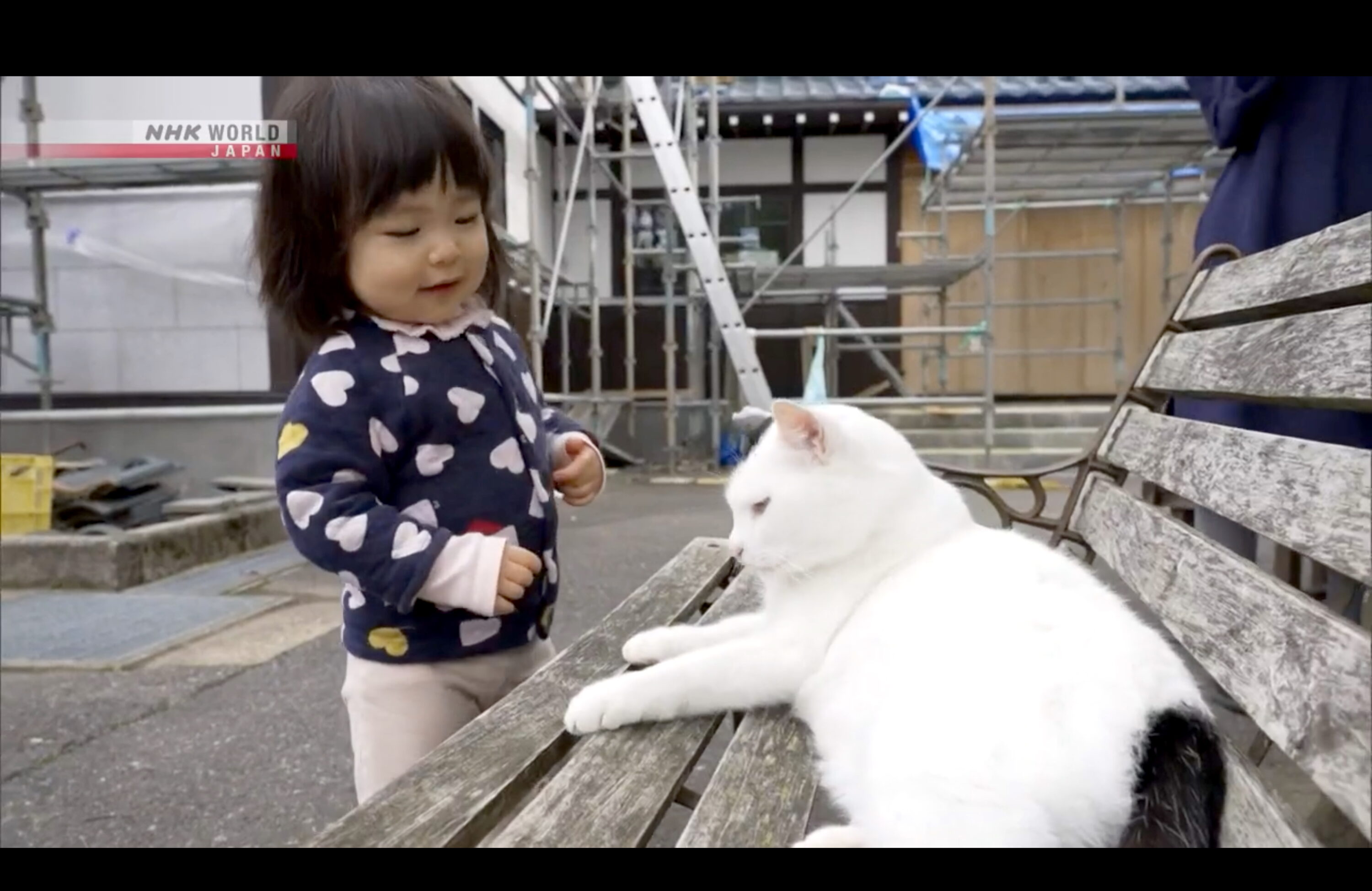
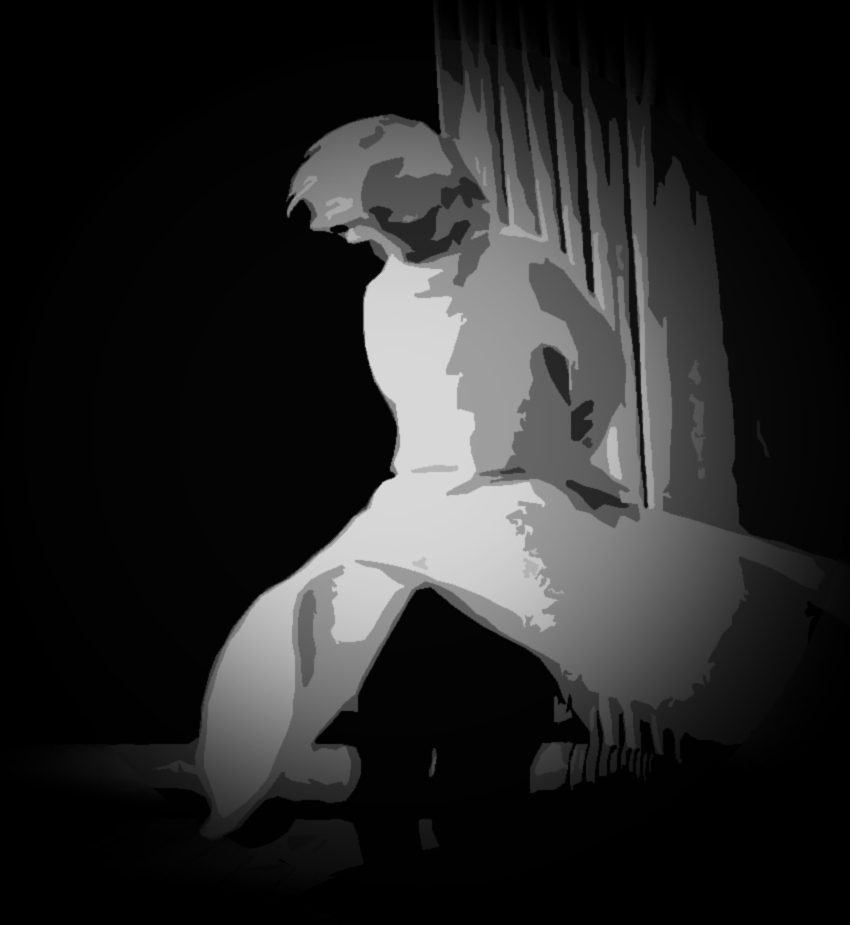
0 Comments